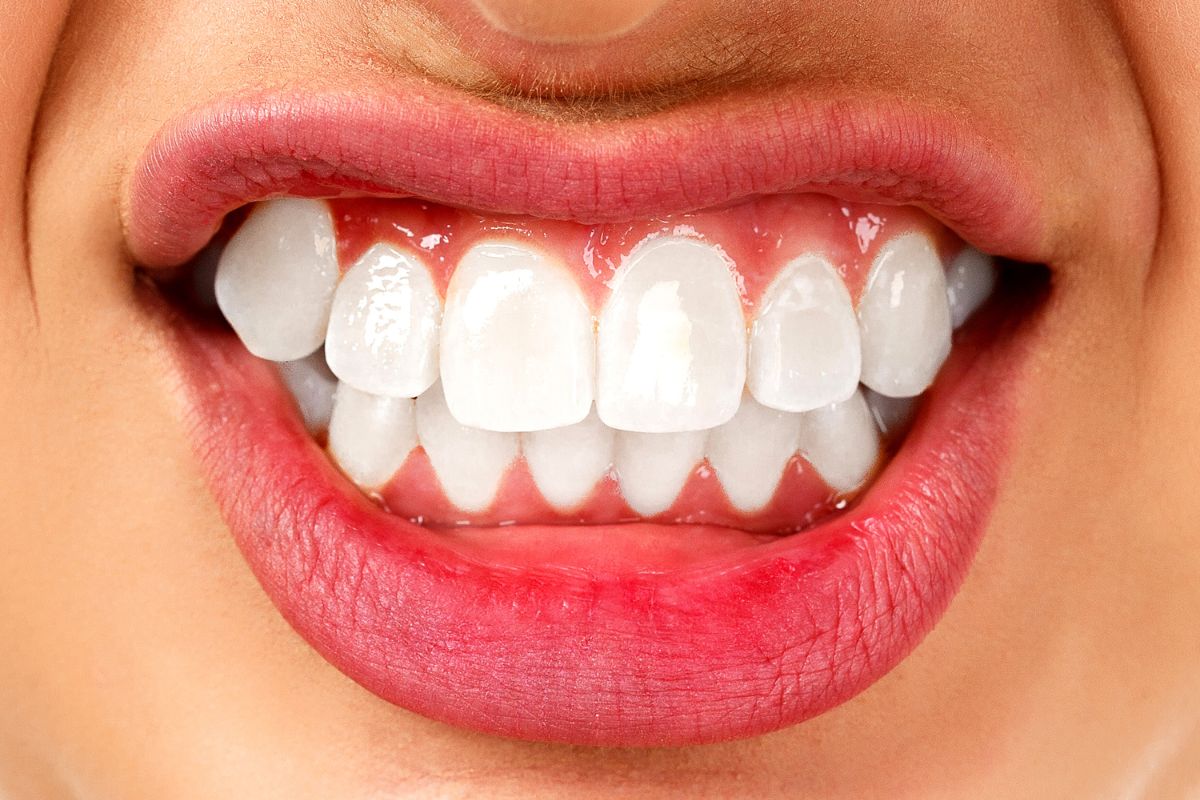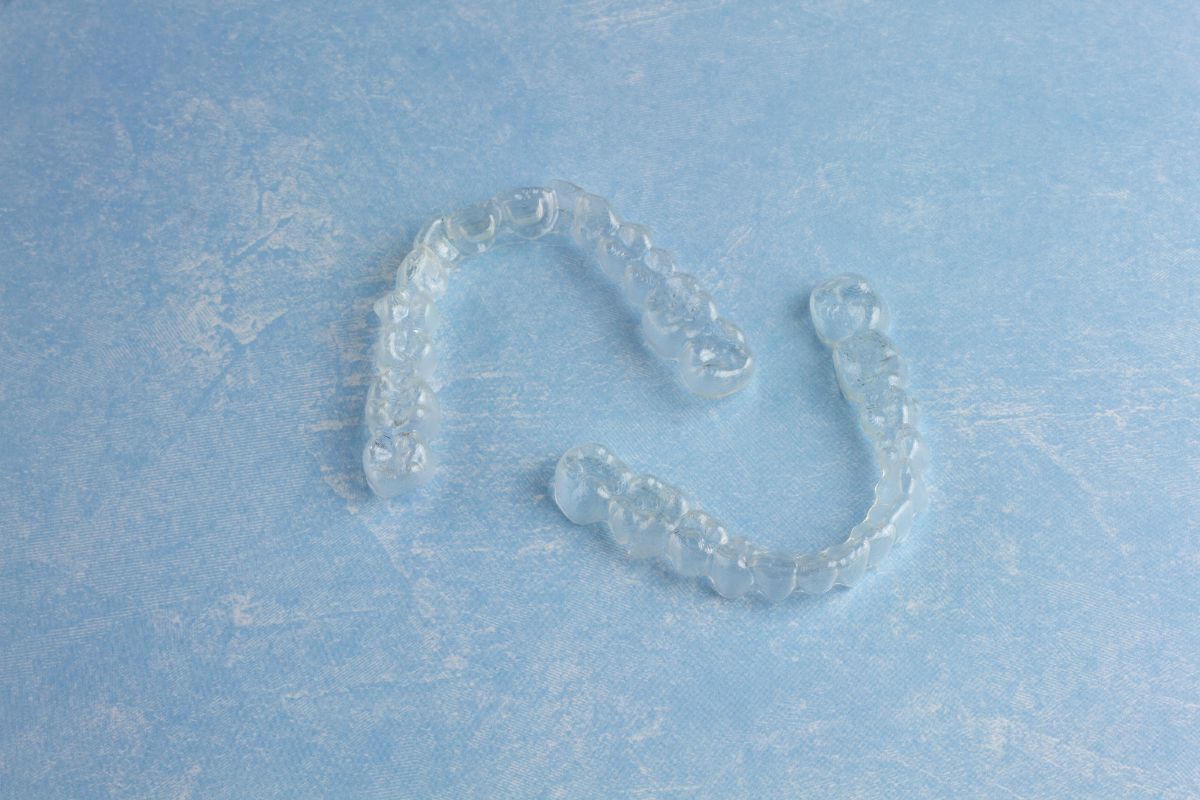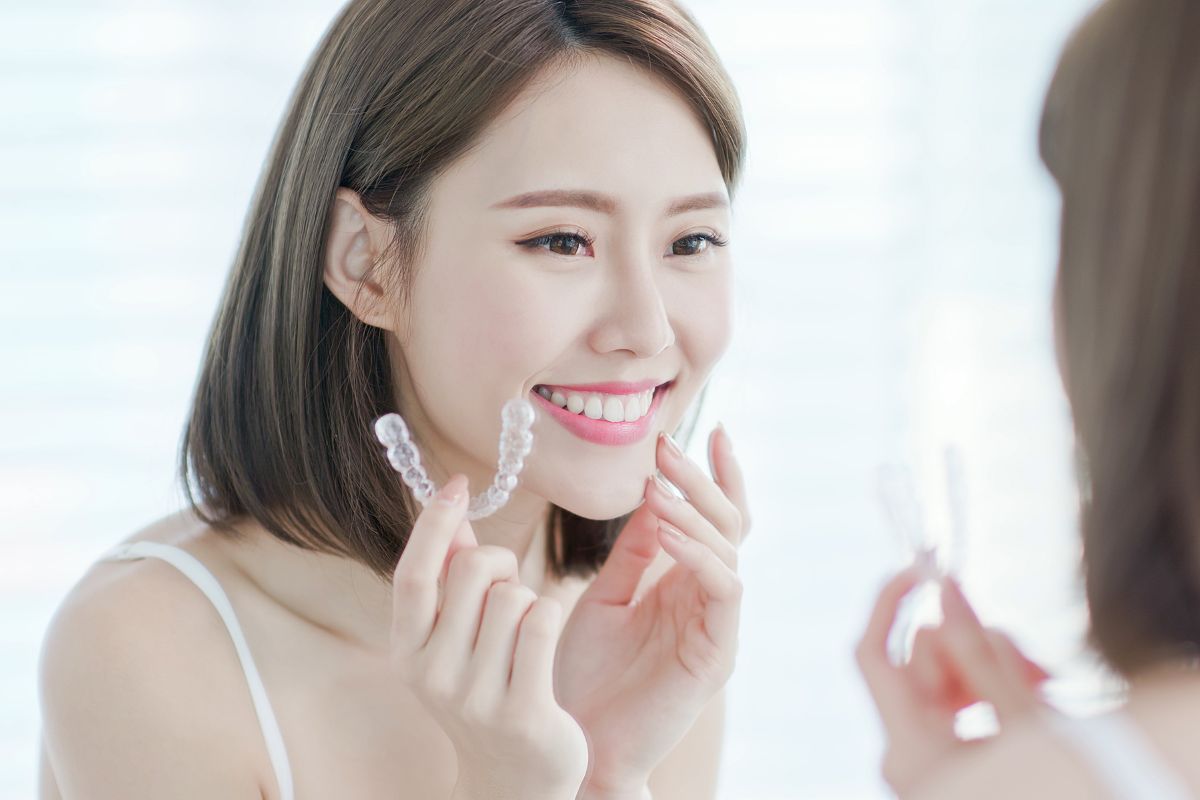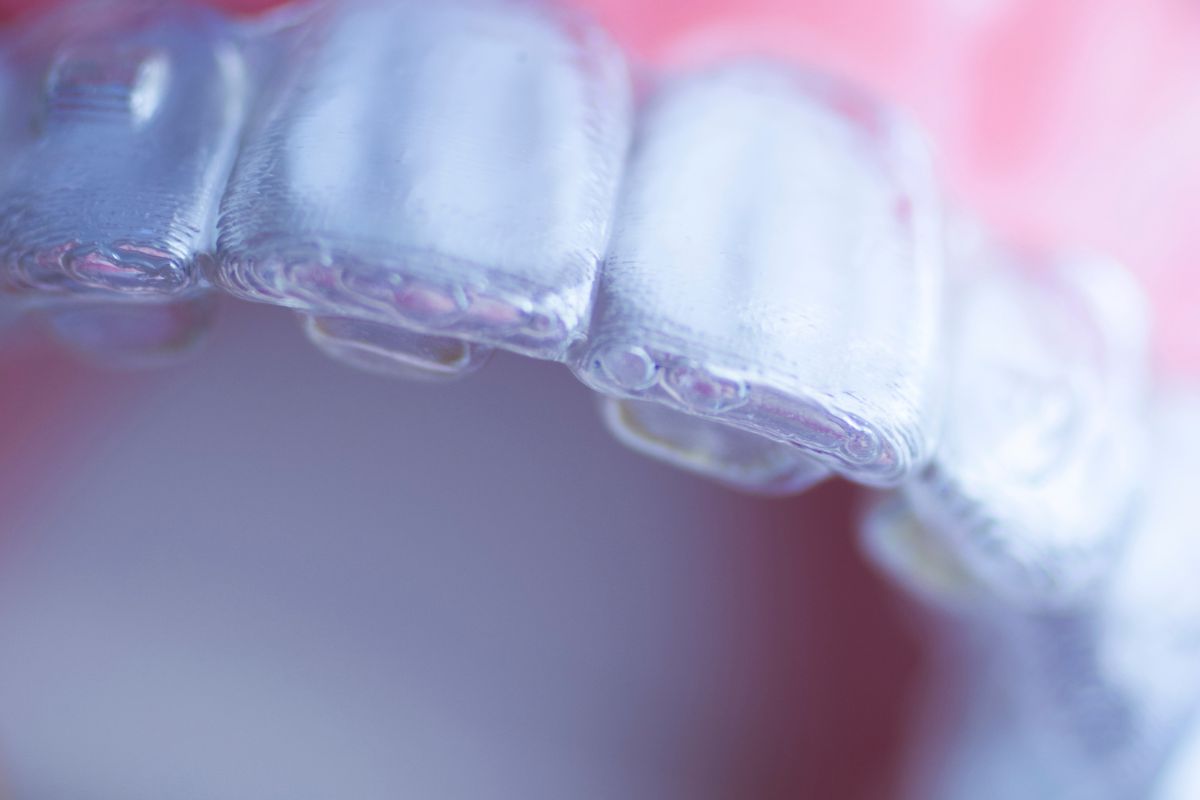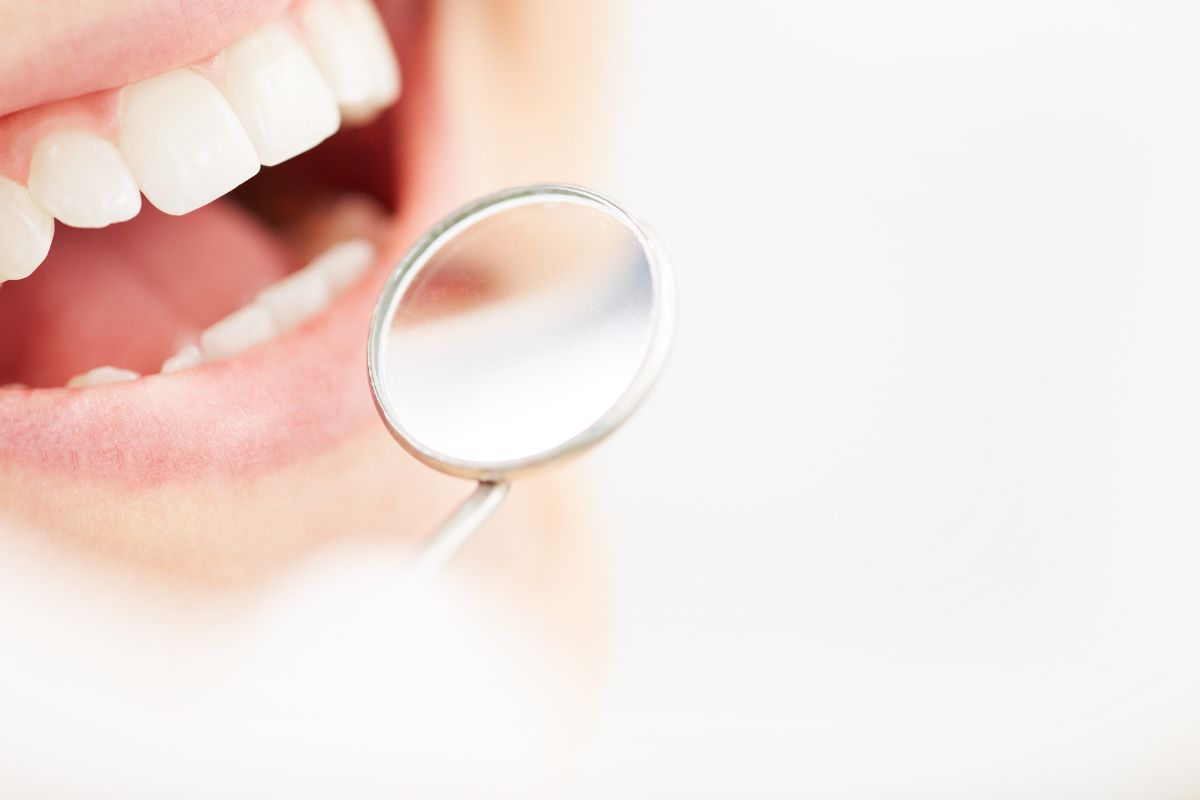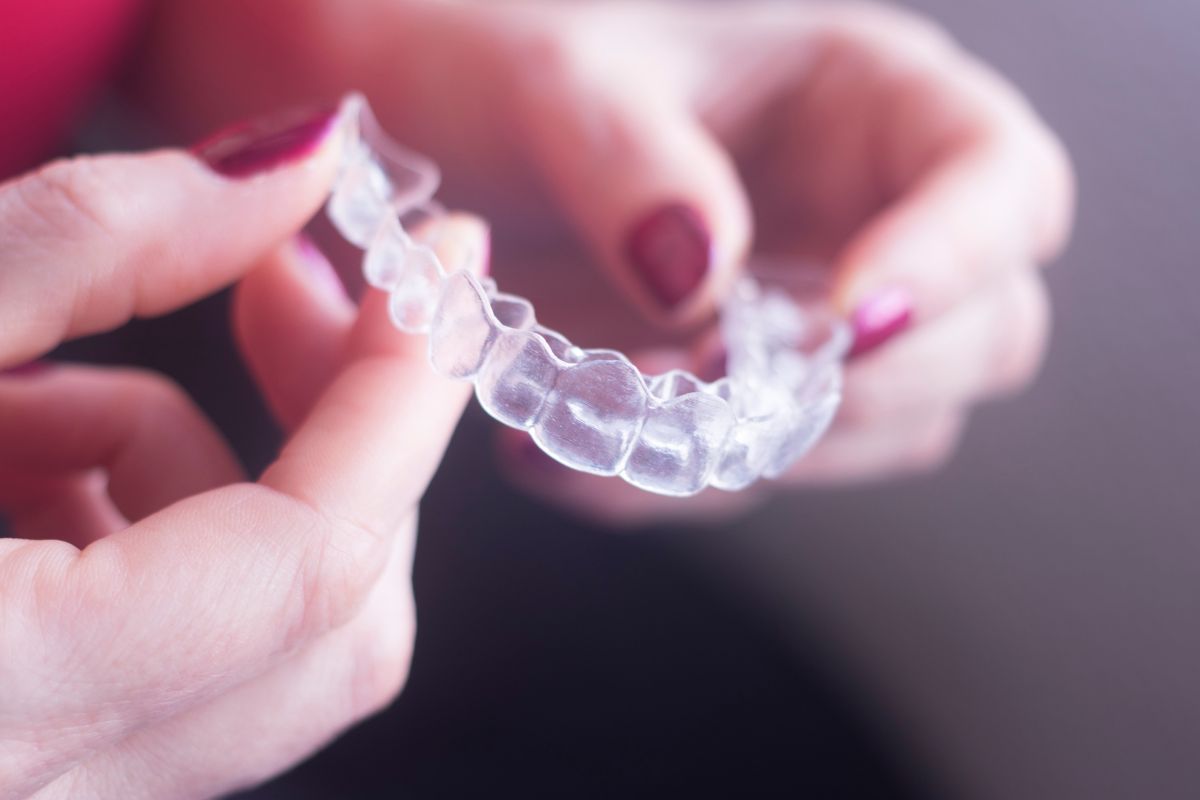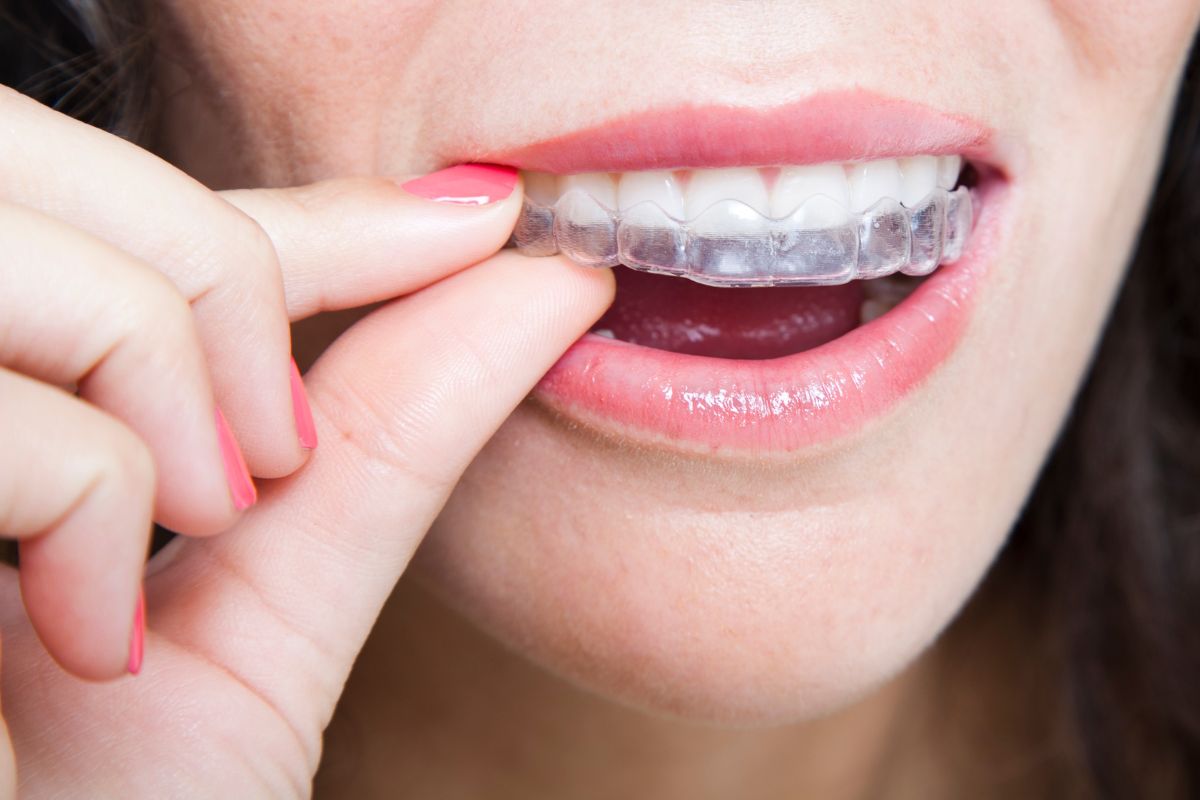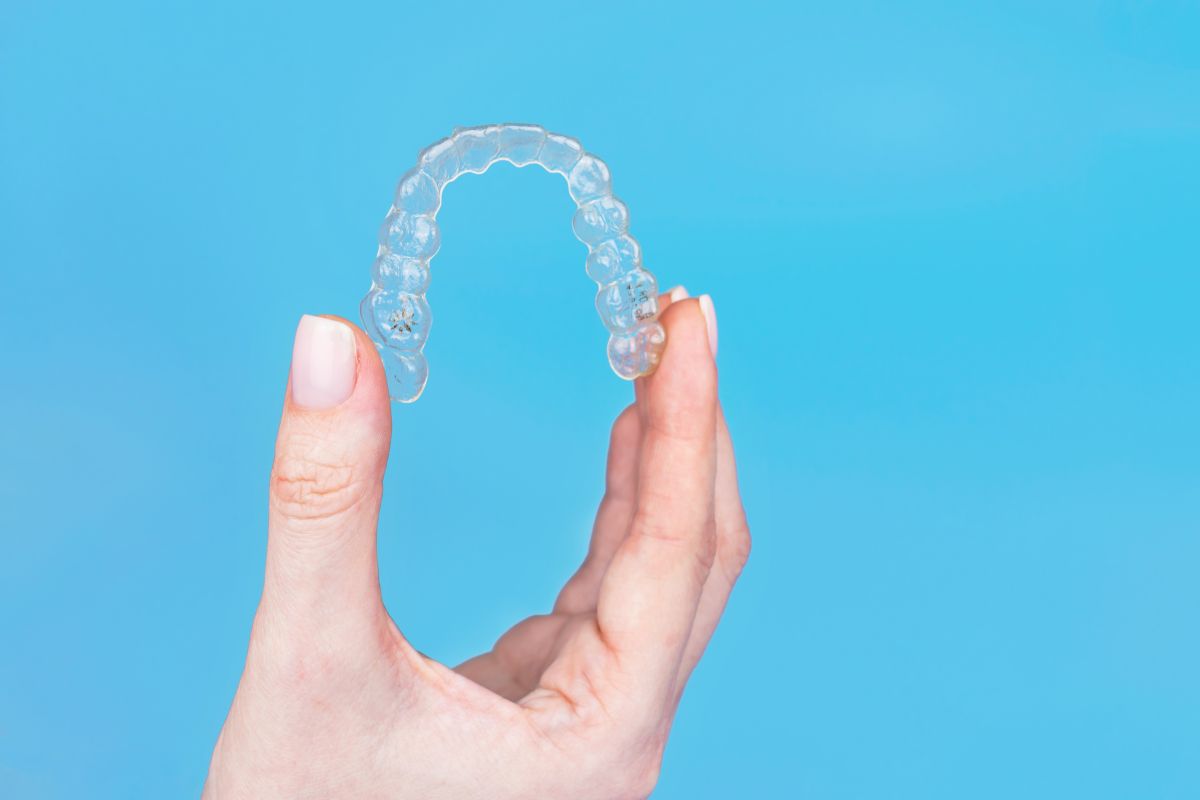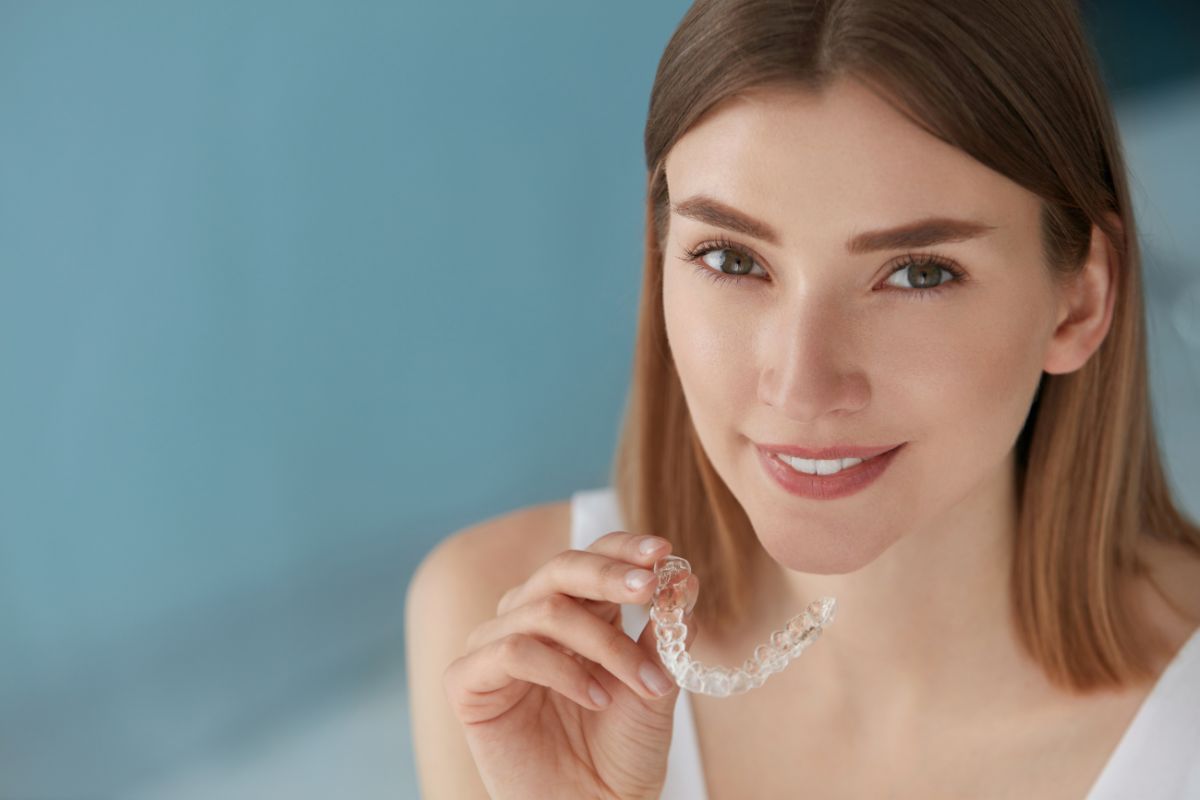When it comes to our teeth, most of us want them to be straight and aligned. But when it comes to the position of the bottom teeth in relation to the top teeth, there is some debate over what is considered the “ideal” position. In this blog post, we will explore the different positions of bottom teeth in relation to top teeth, what factors determine the perfect position, and the various treatment options available to achieve it.
Bottom Teeth and Top Teeth Positions
There are several positions of bottom teeth in relation to top teeth, each with its unique characteristics. Some of the most common positions include:
Touching: When the bottom teeth touch the top teeth when the jaw is closed.
Slightly apart: When the bottom teeth do not touch the top teeth when the jaw is closed, but there is a small gap between them.
Significantly apart: When the bottom teeth do not touch the top teeth and there is a large gap between them.
Determining the Perfect Position
The perfect position for bottom teeth in relation to top teeth is not a one-size-fits-all concept. It depends on several factors such as the shape of the jaw, the size of the teeth, and the patient’s individual preferences. A dentist or orthodontist can help you determine the ideal position for your bottom teeth based on these factors.
Treatment Options
There are several treatment options available to achieve the perfect position of bottom teeth in relation to top teeth. Some of the most common methods include:
Braces: These are the most traditional method of teeth alignment and are suitable for most types of misalignment. They use brackets and wires to apply pressure to the teeth and gradually move them into the desired position.
Invisalign: These are clear plastic aligners that are worn over the teeth. They are nearly invisible and can be removed for eating and brushing.
Jaw surgery: This is a more invasive option and is usually reserved for severe cases of misalignment that cannot be corrected with braces or Invisalign alone.
Conclusion
Achieving the perfect position of bottom teeth in relation to top teeth is a personal journey that depends on various factors. The right treatment option will depend on the severity of the misalignment and the patient’s preferences. One of the best options that are available in the market is Alina Invisible Braces, which are a clear, comfortable and affordable solution for teeth alignment. Contact our team today to schedule a consultation and see how Alina Invisible Braces can help you achieve the smile you’ve always wanted.s
